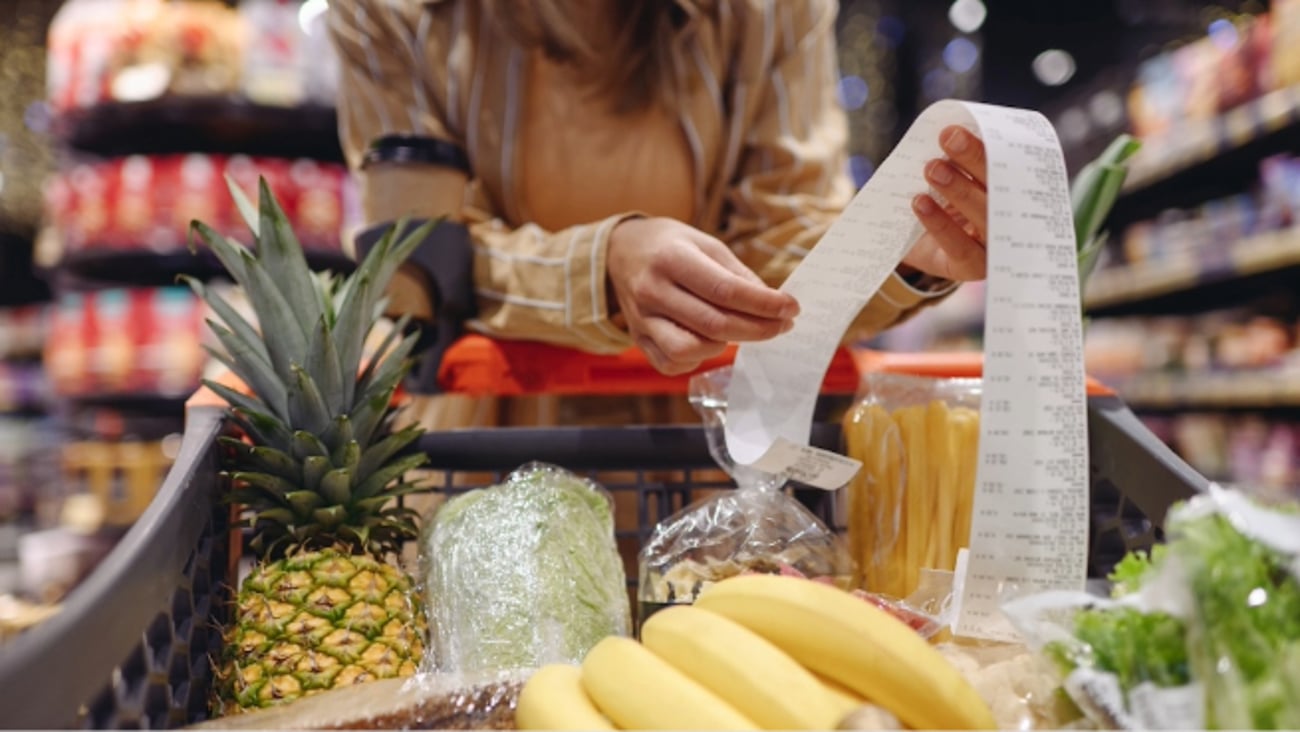Man versus machine: The rise of self-checkout
For a few years, grocers didn't know what to think of self-checkouts. Some consumers saw them as job killers, while others quietly used them, either preferring a speedy exit or avoiding unnecessary human interaction. But, with the pandemic, self-checkouts are becoming more popular and grocers have noticed.
Since the start of the pandemic, 25% of Canadians have changed where they typically shop for groceries, according to a recent survey by the Agri-Food Analytics Lab at Dalhousie University, in partnership with Caddle. The survey was conducted in mid-to-late May of 2021 and included 10,024 Canadians. It's an astonishing number and of this percentage, a good portion of respondents admitted switching due to declared COVID cases at the store they were regularly visiting. Consumers are clearly concerned about potential exposure to the virus.
In the same survey, Canadians were asked about how they intend to exit the grocery store in months to come. A whopping 53.2% of Canadians intend to use self-checkouts regularly over the next six months or so, and 60.1% of gen Zs and millennials are planning to use self-checkouts more often. Self-checkouts are almost as popular as cashiers now.
Barely two years ago, these numbers were quite different. According to CivicScience, in 2019 only 19% of customers 55 and older were willing to use self-checkouts, compared to 35% of customers between the 35 and 54. The younger generations have always been more open to using them, but only 42% did so in 2019.
The use of self-checkouts increased during the pandemic and now grocers are installing more machines--even stores that removed them are putting them back in. Grocery saw record-breaking sales last year, but 2021 is different. Statistics Canada recently reported that grocery store sales had dropped more than 1.5% for the third month in a row. Grocers will need to work hard to retain their market share and make their customers feel safe, and self-checkouts will likely be part of the strategy.
While visiting the grocery store, our focus now is to stay physically distant from other human beings. We are expecting more grocers to adopt more technologies to make the whole grocery shopping experience safer and perhaps even less social in the aftermath of the pandemic. We do not know how long this will last, but the use of new technologies to make everything more efficient, more capital-focused, and less dependent on labour will likely grow to the dismay of organized labour. With margins being so low in food retailing, paying employees more would mean eventually increasing food prices. This is something we will need to appreciate at some point if we want grocery store employees to earn a decent living.
Self-checkout technology has never been great. Scanning issues, weighing the wrong produce, coding discounts, and other such problems are numerous. In many cases, the experience is interrupted by an embarrassing call for assistance from a nearby clerk whose only job is to save you from technological misery.
We are expecting improvements with self-checkouts as more shoppers commit to using them. But, self-checkouts are not about replacing humans. They are about how we can more effectively utilize humans to make our grocery industry more efficient.




